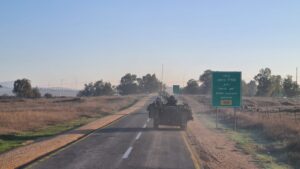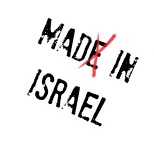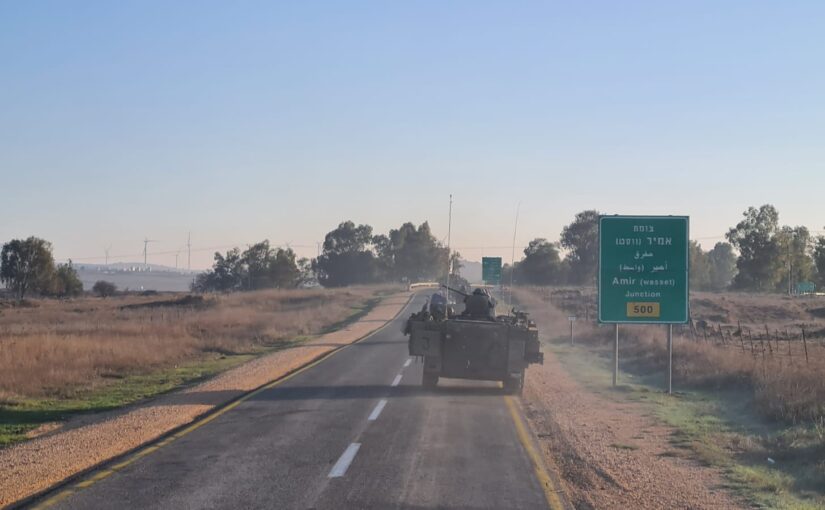Hi,
After 61 days of military reserve duty in this war, we had been released. None knows for how long, and when will be called back. We were mostly used as reserve force in case something would happen in the north.
The majority of the Israel army is reserve duty forces. As we are a small country, the idea is that the mandatory military duty will hold the defense lines against attack (what did not happen in Black Sabbath of October 7th) and the reserve duty soldiers will join in quickly to support them.
In this meaning, reserve duty is exactly what militaey reserve force is: a force waiting behind the front line to either help where more defense is needed or to help a successful attack.
But although we are called reserve duty, many of those who called up are fighting (and unfortunately, dying) in the war in the Gaza strip along the mandatory army.
But most of the reserve duty forces were sent to the north, so the mandatory army can go down to Gaza strip and fight, leaving us with the frustrating Hezbollah bookkeeping – which is not a war, but not a normal situation as well.
The problem with being a reserve unit is that you do not feel you are doing something. It is clear to me and others that if we were not sitting and waiting for an attack order, Hezbollah could have done to Northern Israel what Hamas did to Gaza surroundings.
We used our time to practice, train, fix our fighting gear (which most of it came from Shnor ) and set our Armored vechile for fighting.
Take Care
Gad
 A suprise training in which we had to move around the area on our Nagmash (M113 APC). To do it as quickly as possible, we did something not usually done, and this is to drive with those vehicles on roads. Basically, they have gum on the continues track to avoid damage to the roads. But the gum mostly worn out.
A suprise training in which we had to move around the area on our Nagmash (M113 APC). To do it as quickly as possible, we did something not usually done, and this is to drive with those vehicles on roads. Basically, they have gum on the continues track to avoid damage to the roads. But the gum mostly worn out.

